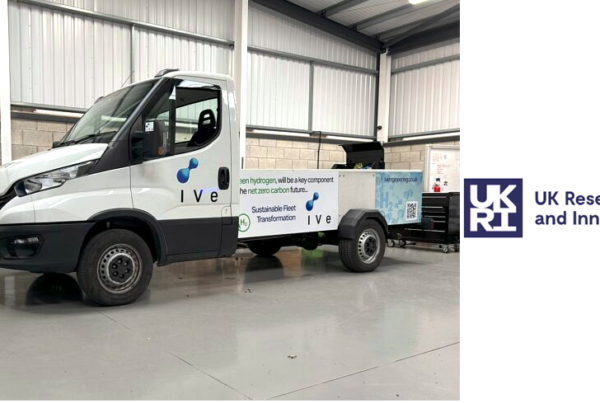
The AHC has developed a package of information to inform the Australian Government’s review of the National Hydrogen Strategy and respond to the consultation paper released by the Department on 7 July 2023. This includes a comprehensive position paper and supplementary reports. Our position paper provides 53 recommendations for this strategic review.
Overall, our position is that the revised NHS must be viewed as a key element of the Australian Government’s net zero strategy. This is logical given that hydrogen is itself the means to decarbonise the parts of the Australian economy that are difficult to decarbonise with electricity and battery storage. This cannot be left to chance, or to the whims, complexities, and uncertainties of a nascent market.
Significant planning and coordination are required at the national level if we are to meet our objectives, including:
- Tasking stewardship of the NHS to the Net Zero Economy Agency. The energy and industry transition will connect complex systems and require fundamental change, planning and creativity across sector, state, departmental and political boundaries. There is a need for cross departmental steering of net zero work and of the refreshed NHS within that. In the absence of a more obvious choice, this should be overseen by the Net Zero Economy Agency. Australia will not reach net zero without hydrogen, and the infrastructure build to enable the hydrogen industry is not only massive, but also aligns with the Net Zero Economy Agency remit.
- Setting priorities and targets, based on robust analysis. Within the overall net zero programme, the refreshed NHS must set priorities and meaningful targets, and there needs to be a government commitment to fill current knowledge gaps to a reasonable degree. To date there has been a lack of an overarching framework or plan, including how to realise Australia’s ambitions to be an emerging renewable energy and/or hydrogen superpower. Many of the policy decisions that need to be taken rely on data that are not yet collected.
- Committing to planning and financial support for shared physical and social infrastructure, including via Hydrogen Economic Zones. Almost all the physical infrastructure required for a future hydrogen industry at scale is new, and it is long-lived with long planning lead times. There must be planning and co-optimising of different assets to address a range of different markets and to also not over-burden consumers’ and taxpayers’ willingness to pay, or communities’ willingness to tolerate construction in their midst. This requires an extension of the current Renewable Energy Zones and hydrogen hubs concept to create zones that can support and be supported by local industries and communities.
- Building scale and capability in the sectors and applications that will be hard to abate. This is the best ‘no regrets’ approach that can be taken in an uncertain environment. Current evidence supports these industries as being chemicals, low emissions metals, heavy road transport, high temperature process heating, marine and aviation, and grid support and storage in the electricity market.
- Keeping export options open. For export, there are two main uses of hydrogen: exporting hydrogen and its derivatives as an energy vector and using hydrogen to process ores that are then exported. Both options need to be pursued if we are to grow our international relationships, support regional energy security and build Australia’s capability for the future, including paying for our own transition.
- De-risking projects through public finance. Work closely with CEFC and ARENA to deploy appropriately scaled public levers that will crowd in and de-risk investment in hydrogen. This means more investment than the current $300m for the CEFC, and follow-up packages to the Hydrogen Headstart. Ideally, the current and future iterations of Headstart will incentivise demand or assist project developers to manage demand side risk. The approach must also prioritise timeliness, to build momentum, and to align prospective projects with the timelines for regional offtake and to the investment challenge posed by the IRA.
The refreshed NHS needs to address all of the above issues and clearly recognise the role for government to lead. It also cannot be the last word from the Australian Government on hydrogen policy. It is imperative that this strategy provides a basis for actions to meet targets and milestones and to allocate responsibility. Detailed implementation plans may need to be by sector or ecosystem element but should be outlined in an overall plan to set expectations.
DOWNLOAD A fit-for-purpose refreshed NHS
Read the most up to date Fuel Cell and Hydrogen Industry news at FuelCellsWorks




